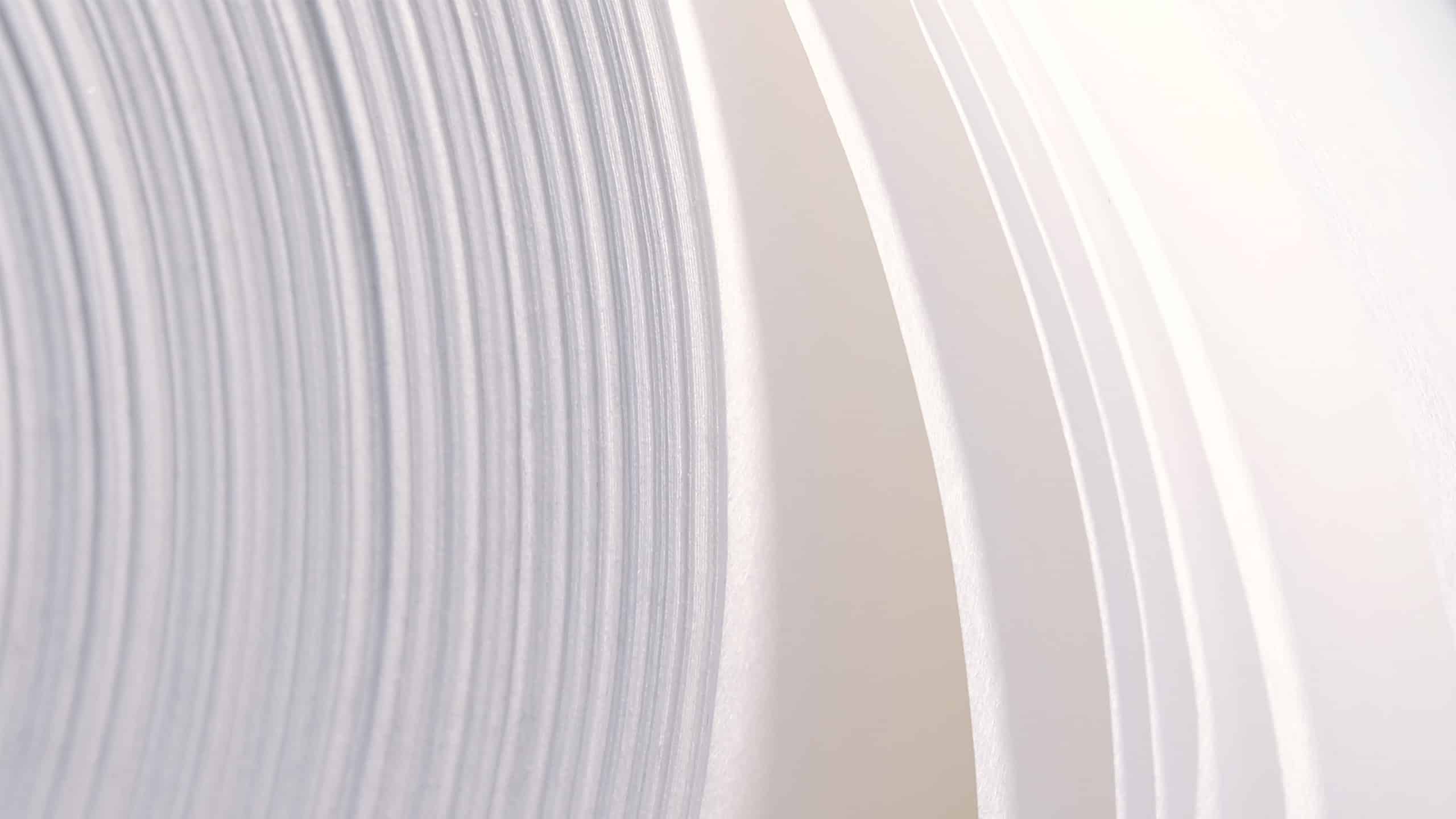How do eco-friendly materials impact packaging quality?

What are eco-friendly materials?
Eco-friendly materials are those that have a reduced impact on the environment during their production, use, and disposal. These materials are typically derived from renewable resources, are recyclable, and often biodegradable. In the realm of packaging, eco-friendly materials aim to replace conventional options such as plastics, which can be detrimental to the environment due to their persistence and accumulation in natural settings. According to the Confederation of European Paper Industries (CEPI), the use of sustainable materials is crucial in reducing the environmental footprint of packaging solutions. One of the most promising types of eco-friendly materials is fibre-based solutions. These materials, such as those promoted by CEPI, are primarily made from wood fibres sourced from responsibly managed forests. Unlike traditional materials, fibre-based solutions offer recyclability, reusability, and a lower environmental footprint, making them an ideal choice for sustainable packaging. The European Environment Agency highlights the importance of recycling and sustainable forest management in promoting a circular economy.
How does Paptic’s approach to eco-friendly materials differ from others?
Paptic’s approach to eco-friendly materials is unique in its use of fibre-based solutions that combine the benefits of paper, plastic, and textiles. Our materials, such as Paptic® and Paptic Perdix, are designed to be durable, flexible, and soft, providing a superior packaging experience while significantly reducing environmental impact. These materials can be seamlessly integrated into existing packaging lines, providing a drop-in solution for companies looking to transition from plastic to more sustainable options. This aligns with CEPI’s advocacy for innovative and sustainable material solutions. We source our fibres from sustainably managed forests, ensuring that our raw materials are obtained in a manner that protects biodiversity and supports ecosystem health. This responsible sourcing is a cornerstone of our sustainability strategy, allowing us to offer products that not only meet environmental regulations but exceed them in promoting a circular economy. The principles of sustainable forest management are supported by CEPI as essential for long-term environmental stewardship.
What impact do eco-friendly materials have on packaging quality?
Eco-friendly materials, particularly those developed by Paptic, have a profound impact on packaging quality. Our fibre-based materials are not only environmentally responsible but also offer enhanced durability and flexibility. This means that they can securely package items with sharp edges or delicate surfaces without compromising the integrity of the packaging. CEPI underscores the importance of maintaining packaging quality while reducing environmental impact. Compared to other fibre-based alternatives, Paptic’s materials stand out due to their unique tactile qualities and high-quality printing capabilities. They provide a distinctive look and feel that can elevate a brand’s presence on store shelves. The materials are also designed to run efficiently on existing packaging lines, ensuring that companies can maintain productivity while making a positive environmental change, aligning with CEPI’s goals for industry innovation.
Why is responsible sourcing important in packaging?
Responsible sourcing in packaging is crucial for ensuring that the materials used do not deplete natural resources or harm ecosystems. Sustainable forest management practices, which we adhere to, involve harvesting wood in a way that maintains the health of the forest ecosystem, supports biodiversity, and respects the rights of local communities. These practices are in line with CEPI’s recommendations for sustainable resource management. By sourcing fibres responsibly, we not only contribute to the preservation of forests but also ensure that our materials are of high quality, which is essential for producing durable and reliable packaging. This approach aligns with increasing environmental packaging regulations and consumer demand for sustainable products, ultimately enhancing the reputation and value of brands that choose eco-friendly packaging solutions. CEPI emphasizes that responsible sourcing is key to achieving sustainability in the packaging industry.
How can consumers benefit from eco-friendly packaging?
Consumers stand to gain significantly from eco-friendly packaging. It offers a reduced environmental impact by minimizing waste and the use of non-renewable resources. Additionally, the unique qualities of Paptic’s materials, such as their softness and strength, enhance the consumer experience by providing packaging that is not only functional but also pleasant to handle. This is supported by findings from the European Environment Agency, which stress the importance of recyclability and sustainability in consumer products. Paptic’s role in enhancing these benefits is significant. By providing materials that are both sustainable and high-performing, we help brands strengthen their image as responsible leaders in their industry. Consumers are increasingly drawn to brands that share their values, and eco-friendly packaging can increase the perceived value of products, making them more attractive to environmentally conscious buyers. This consumer trend is echoed in CEPI’s reports on sustainability and consumer preferences.
